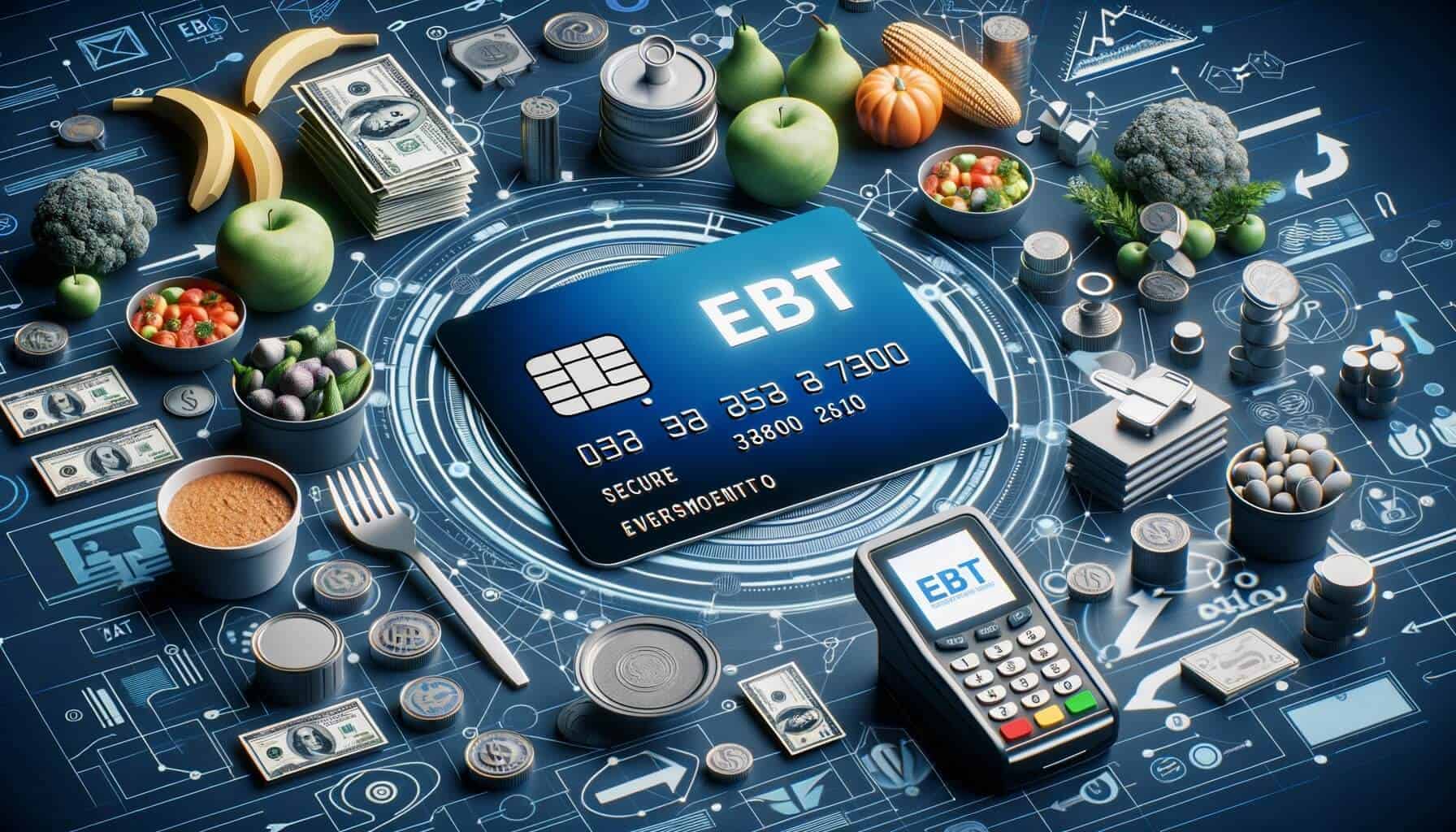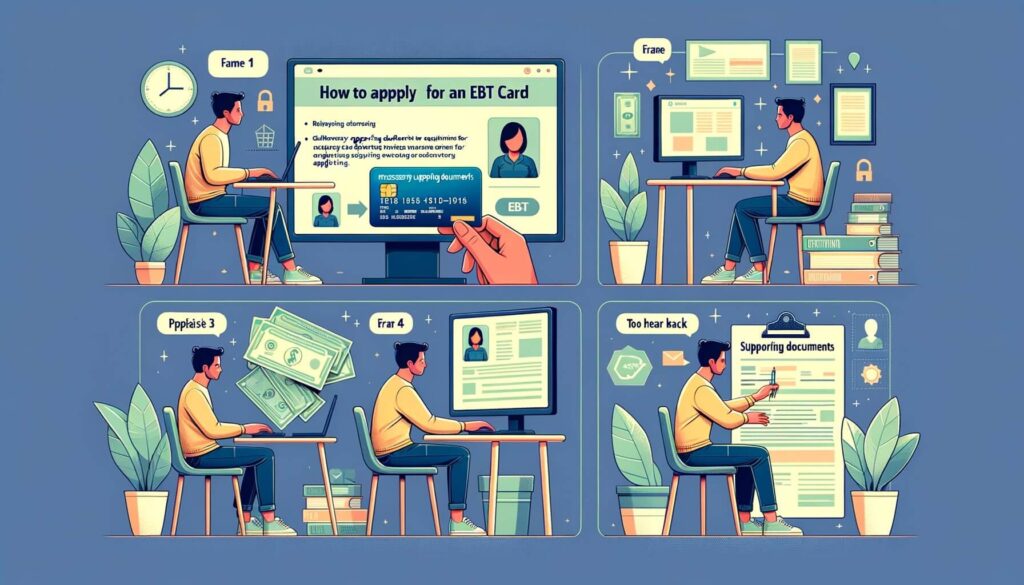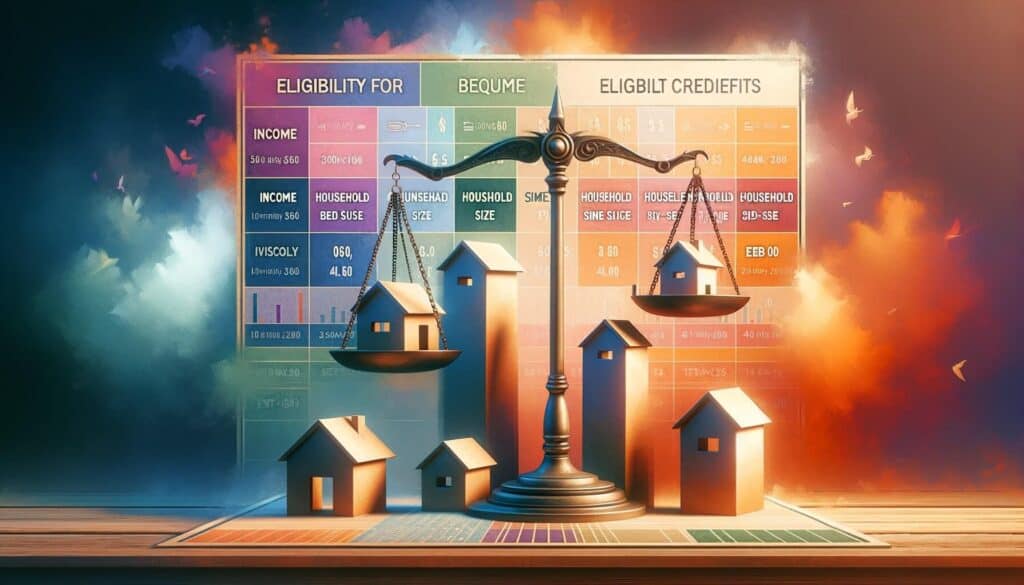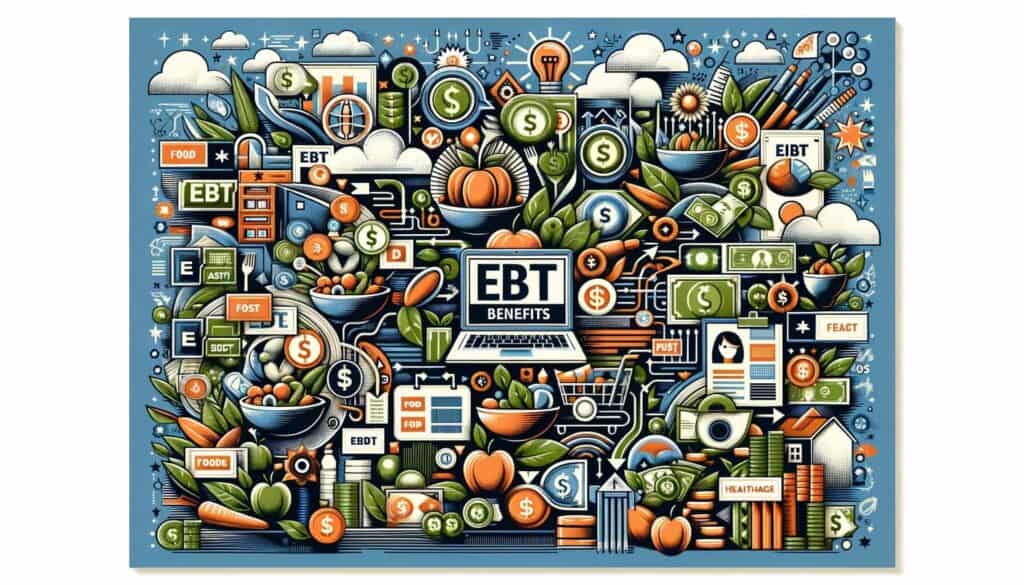
By Sharon Watson January 30, 2025
In today’s digital age, electronic payment systems have become increasingly popular and convenient. One such system that has gained significant traction is the Electronic Benefit Transfer (EBT) payment system. EBT payment systems are designed to provide a seamless and secure way for eligible individuals and families to access government assistance benefits.
This comprehensive guide will walk you through everything you need to know about EBT payment systems, from understanding the basics of EBT cards to applying for an EBT card, eligibility criteria, types of benefits available, how to use your EBT card for purchases, common FAQs, security measures, and the pros and cons of EBT payment systems.
Understanding the Basics of EBT Cards

EBT cards, also known as electronic benefit transfer cards, are essentially debit cards that are issued to eligible individuals and families to access government assistance benefits. These cards are loaded with funds that can be used to purchase eligible items such as groceries, household essentials, and even certain services. EBT cards work similarly to traditional debit cards, but they can only be used at authorized retailers and establishments that accept EBT payments.
To use an EBT card, individuals must first activate it by calling a toll-free number or visiting a designated website. Once activated, the cardholder can access their benefits by swiping or inserting the card into a point-of-sale (POS) device at the checkout counter. The cardholder will then enter their Personal Identification Number (PIN) to authorize the transaction. It’s important to note that EBT cards cannot be used to withdraw cash from ATMs.
How to Apply for an EBT Card

Applying for an EBT card is a relatively straightforward process. The first step is to determine your eligibility for government assistance programs such as the Supplemental Nutrition Assistance Program (SNAP) or Temporary Assistance for Needy Families (TANF). Eligibility criteria vary depending on the state you reside in, but generally, factors such as income, household size, and citizenship status are taken into consideration.
Once you have determined your eligibility, you can apply for an EBT card by contacting your state’s EBT office or visiting their website. The application process typically involves providing personal information, proof of identity, income verification, and any other required documentation. After submitting your application, it will be reviewed, and if approved, you will receive your EBT card in the mail.
Eligibility Criteria for EBT Benefits

To qualify for EBT benefits, individuals and families must meet certain eligibility criteria. These criteria are set by the federal government but are administered by individual states. The primary factors considered for eligibility include income, household size, and citizenship status.
Income: The income limits for EBT benefits vary depending on the state and the specific program. Generally, households with lower incomes are more likely to qualify for benefits. Income is typically calculated based on the federal poverty guidelines, which take into account factors such as household size and annual income.
Household Size: The size of your household is an important factor in determining eligibility for EBT benefits. Larger households may have higher income limits compared to smaller households. The number of individuals in your household, including children and dependents, will be taken into consideration.
Citizenship Status: To be eligible for EBT benefits, individuals must be U.S. citizens or qualified non-citizens. Qualified non-citizens include lawful permanent residents, refugees, and individuals granted asylum. Undocumented immigrants are generally not eligible for EBT benefits.
Types of EBT Benefits Available

EBT benefits are primarily aimed at providing assistance for food and basic necessities. The most common type of EBT benefit is the Supplemental Nutrition Assistance Program (SNAP), formerly known as food stamps. SNAP benefits can be used to purchase eligible food items such as fruits, vegetables, meat, dairy products, and bread. However, SNAP benefits cannot be used to purchase non-food items such as alcohol, tobacco, or hot prepared foods.
In addition to SNAP benefits, some states also offer EBT benefits for other programs such as Temporary Assistance for Needy Families (TANF), Women, Infants, and Children (WIC), and the Special Supplemental Nutrition Program for Women, Infants, and Children (WIC). These programs provide additional financial assistance for low-income families with children, pregnant women, and breastfeeding mothers.
How to Use Your EBT Card for Purchases
Using your EBT card for purchases is a simple process that can be done at authorized retailers and establishments. When you are ready to make a purchase, locate the EBT logo or sign at the checkout counter. Inform the cashier that you will be using an EBT card for payment.
Next, swipe or insert your EBT card into the POS device provided by the retailer. Follow the prompts on the screen and enter your PIN to authorize the transaction. Once the transaction is approved, the purchase amount will be deducted from your EBT balance, and you will receive a receipt for your records.
It’s important to note that EBT cards can only be used to purchase eligible items. Each state has specific guidelines on what can and cannot be purchased with EBT benefits. Generally, eligible items include food items such as fruits, vegetables, meat, dairy products, and bread. Non-food items, alcohol, tobacco, and hot prepared foods are typically not eligible for purchase with EBT benefits.
EBT Payment System Security Measures
EBT payment systems have implemented various security measures to ensure the safety and integrity of the program. These measures are in place to protect cardholders’ personal information and prevent fraud or misuse of benefits.
PIN Protection: Each EBT card is associated with a unique Personal Identification Number (PIN). The PIN acts as a security measure to authorize transactions and protect the cardholder’s account. It is important to keep your PIN confidential and not share it with anyone.
Secure Data Encryption: EBT payment systems use secure data encryption protocols to protect cardholders’ personal information during transactions. This ensures that sensitive data such as card numbers and PINs are securely transmitted and cannot be intercepted by unauthorized individuals.
Fraud Detection: EBT payment systems employ sophisticated fraud detection algorithms to identify and prevent fraudulent activities. These systems monitor transaction patterns and flag any suspicious or unusual activity for further investigation.
Account Monitoring: EBT payment systems continuously monitor cardholder accounts for any unauthorized transactions or suspicious activity. If any irregularities are detected, the cardholder will be notified and appropriate action will be taken to resolve the issue.
Pros and Cons of EBT Payment Systems
Like any payment system, EBT payment systems have their advantages and disadvantages. Let’s take a closer look at the pros and cons of using EBT cards for government assistance benefits.
Pros:
1. Convenience: EBT cards provide a convenient and secure way for eligible individuals and families to access government assistance benefits. They eliminate the need for paper vouchers or checks, making it easier to manage and use benefits.
2. Increased Access: EBT cards can be used at a wide range of authorized retailers, including grocery stores, supermarkets, and farmers markets. This increases access to fresh and nutritious food for low-income individuals and families.
3. Reduced Stigma: EBT cards operate like regular debit cards, reducing the stigma associated with using government assistance benefits. Cardholders can discreetly make purchases without drawing attention to their financial situation.
4. Improved Tracking: EBT payment systems allow for better tracking and monitoring of benefit usage. This helps government agencies identify trends, track spending patterns, and make informed decisions regarding program improvements.
Cons:
1. Limited Use: EBT cards can only be used to purchase eligible items and services. This means that certain non-food items, alcohol, tobacco, and hot prepared foods are not eligible for purchase with EBT benefits.
2. Potential for Fraud: While EBT payment systems have implemented security measures to prevent fraud, there is still a potential for misuse or unauthorized use of benefits. Cardholders must be vigilant in protecting their EBT card and PIN to prevent fraud.
3. Technological Limitations: EBT payment systems rely on technology infrastructure to process transactions. In some cases, technical issues or system outages may occur, temporarily preventing cardholders from accessing their benefits.
Common EBT Payment System FAQs
Q1. Can I use my EBT card at any store?
No, EBT cards can only be used at authorized retailers and establishments that accept EBT payments. These include grocery stores, supermarkets, farmers markets, and some convenience stores. It’s important to check with the retailer beforehand to ensure they accept EBT payments.
Q2. Can I use my EBT card to withdraw cash from an ATM?
No, EBT cards cannot be used to withdraw cash from ATMs. They can only be used to make purchases at authorized retailers.
Q3. Can I transfer my EBT benefits to another person?
No, EBT benefits are non-transferable and can only be used by the cardholder. It is against the rules to sell or trade EBT benefits.
Q4. What happens if I lose my EBT card?
If you lose your EBT card, it is important to report it immediately to your state’s EBT office. They will deactivate the lost card and issue you a new one. It’s crucial to protect your EBT card and PIN to prevent unauthorized use.
Q5. Can I check my EBT balance online?
Yes, most states provide online portals or mobile apps where you can check your EBT balance, transaction history, and manage your account. Check with your state’s EBT office for more information on accessing your account online.
Conclusion
EBT payment systems have revolutionized the way government assistance benefits are distributed and accessed. These systems provide a convenient and secure way for eligible individuals and families to access essential resources.
By understanding the basics of EBT cards, applying for an EBT card, knowing the eligibility criteria, types of benefits available, how to use your EBT card for purchases, and being aware of common FAQs and security measures, individuals can make the most of their EBT benefits.
It is important to remember that EBT benefits are intended to provide temporary assistance to those in need. They should be used responsibly and in accordance with the guidelines set by the government. By utilizing EBT benefits wisely, individuals and families can improve their overall well-being and work towards achieving financial stability.